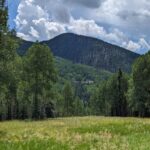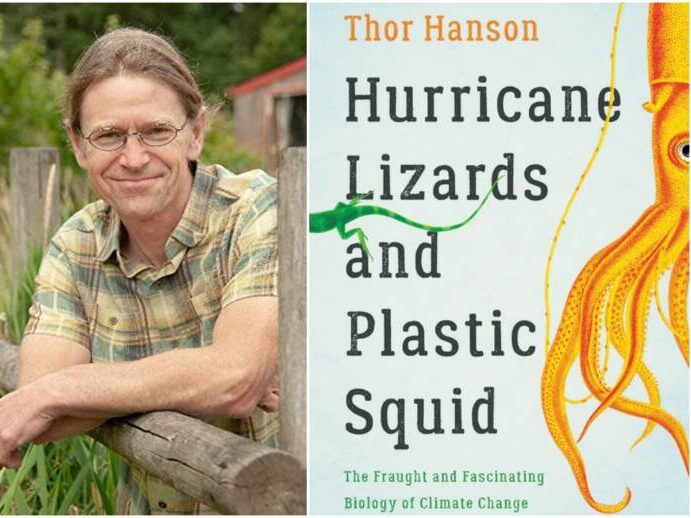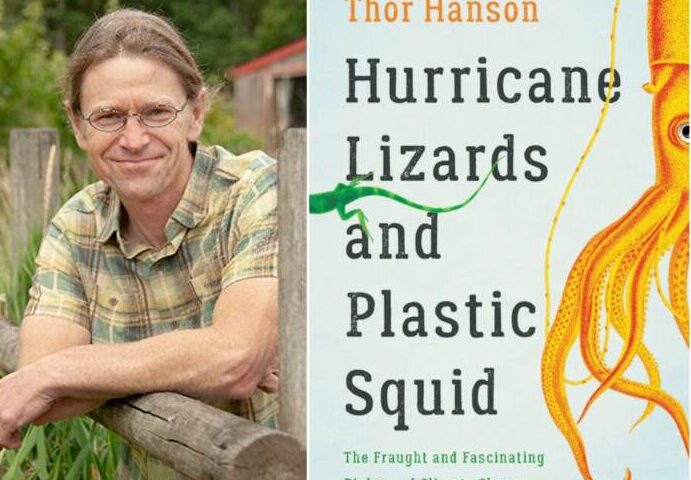
Employee Spotlight: Rachel Noriega
August 2, 2023
Technical Feature: CEQA in Context
August 17, 2023
Boook Review: Hurricane Lizards & Plastic Squid
Author: Liz Clift
The author’s note in Thor Hanson’s Hurricane Lizards and Plastic Squid: The Fraught and Fascinating Biology of Climate Change (2021) states “Though rooted in the climate change crisis, [this] is not a crisis book.” That important distinction grounds this book—which is woven through with evidence of resilience and hope as well as with the sharp reality of living in a world impacted by climate change.
Hanson divided the book into four parts: the culprits (change and carbon), the challenges (and opportunities), the responses, and the results. This approach helps frame the climate crisis, its impacts on the more-than-human world, and how the more-than-human world is responding, which includes moving, adapting, evolving, and taking refuge.
The chapters within each part are rooted in explaining other people’s research, his own research, and in personal experience. Hanson points to specific examples of how things have changed and are changing in the face of climate change. Some of the examples are fascinating—such as how lizards that have longer toes are more likely to survive hurricane force winds or how a small bird that was not expected to fare well in warming temperatures has defied expectations by taking advantage of new foraging opportunities. And other examples are a bit heart-breaking, such as the plight of the Joshua tree (Yucca brevifolia), which in the absence of some of the animals it evolved with, can’t naturally move fast enough to keep up with changing climate.
Overall, Hanson’s writing style is narrative, which also makes the book more approachable. He uses key sensory details to help you land in the time and place about which he’s writing. This lends to a far more digestible read than scientific literature that lacks a sense of story, which is unfortunately the type of nonfiction many of us first encounter.w
But it’s not just the main body of the writing that Hanson’s made approachable; the chapter notes are surprisingly enjoyable, too. Even as someone who reads a fair number of science and nature-based nonfiction, it isn’t often that I want to read a book’s notes—they’re frequently dry or dense, and even if I do read them, they are more likely to remove me from the story than contribute to it. That being said, one of my favorite parts of this book was the chapter notes. They are written conversationally—and explain everything from how a duck egg breaks down in seltzer to how the absence of large grazing mammals may have created the tundra to (mis)attributions of quotes and where those quotes may have actually originated.
Hanson features more examples of ecological resilience and response to the climate crisis by leveraging curiosity as a way to educate and motivate the reader. The aforementioned author’s note concludes by stating: “Shouting from the rooftops carries farther when we all raise our voices together.” If you love reading about natural history—or if you’re looking for a little hope in the face of climate change and want to join the other shouting voices –consider picking up this book.

